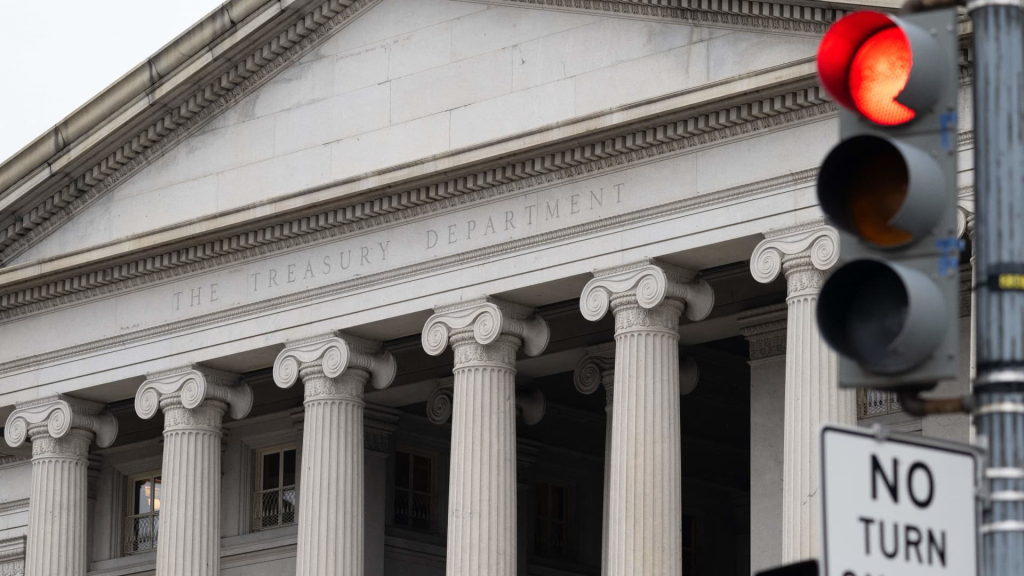The U.S. government has deepened its financial woes in May, experiencing an increase in both its debt and deficit, according to a report from the Treasury Department released on Wednesday.
Following a brief surge into surplus in April aided by tax season receipts, the deficit for May soared to over $316 billion, bringing the total for the year to $1.36 trillion. This annual deficit amount marks a 14% increase compared to the same period last year, despite being 9% lower than the deficit recorded in May 2024.
A significant factor driving these fiscal challenges has been the rise in financing costs, with interest expenses on the national debt, which stands at $36.2 trillion, surpassing $92 billion for the month. Interest payments exceed all other expenditures except for Medicare and Social Security, and it is anticipated that debt financing will exceed $1.2 trillion for the current fiscal year, totaling $776 billion in just the first eight months.
Contrary to the rising deficit, tax revenue appears stable, increasing by 15% in May and 6% year-over-year. However, federal spending rose by 2% month-on-month and is up 8% from a year earlier.
Tariff collections have also contributed positively, with gross customs duties reaching $23 billion in May, a significant increase from $6 billion during the same month last year. Year-to-date, tariff collections have amounted to $86 billion, reflecting a 59% rise compared to the same timeframe in 2024.
Despite these developments, yields have remained elevated. After a decline last summer, they began to rise again, defying the Federal Reserve’s recent interest rate cuts. Following an announcement by President Donald Trump related to tariffs on April 2, the 10-year Treasury yield has stabilized around 4.4%, remaining essentially unchanged from a year ago.
Recent comments from prominent Wall Street executives, including JPMorgan Chase CEO Jamie Dimon, BlackRock CEO Larry Fink, and Ray Dalio of Bridgewater Associates, have expressed concerns regarding the potential turbulence stemming from the nation’s growing debt burden. Currently, the deficit equates to more than 6% of the gross domestic product, a level rarely seen during peacetime in the U.S. economy.


























